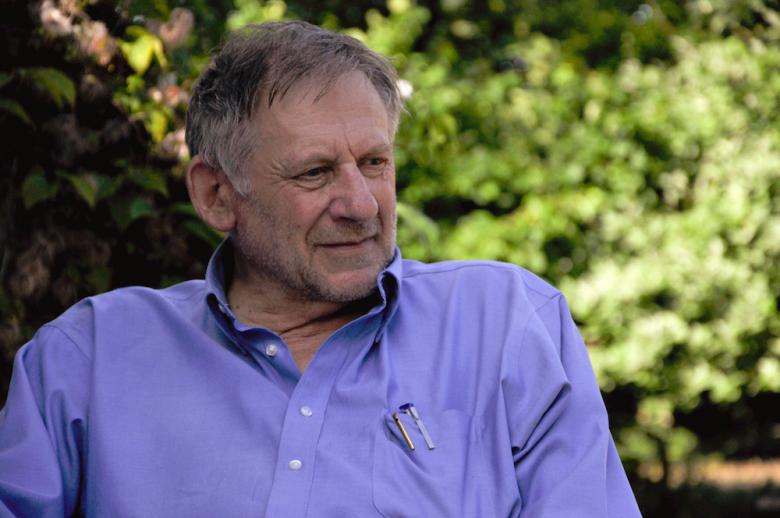Christopher Alexander, 1936–2022
Christopher Alexander in 2012 (Photo via Wikimedia Commons)
Christopher Alexander, the enormously influential architect and theorist best known for authoring the seminal A Pattern Language, died on March 17 after a long illness.
We learned the sad news via the website of the Congress for New Urbanism, which indicates Alexander's death was confirmed by Michael Mehaffy, "a long-time collaborator and protege." This is an apt place for the reporting, considering that Alexander's theories of architecture and urbanism — spelled out as early as Notes on the Synthesis of Form in 1964 and most influentially in A Pattern Language (with Sara Ishikawa, Murray Silverstein, and others) in 1977 — informed much of the New Urbanism movement. Educated as an architect and a mathematician, Alexander's pattern-language theories on human-centered buildings and cities were also influential on other fields, including computer science, with Ward Cunningham, the developer of the first wiki, citing Alexander as an influence, according to, appropriately, Wikipedia.
Although Alexander reportedly designed and built more than 200 buildings around the world, he is known more for his books and teaching than his architecture; he was the author of roughly two-dozen books, as listed at the Pattern Language website, and was a Professor Emeritus of Architecture at the University of California, Berkeley. Perhaps his most famous work of architecture is the Eishin Gakuen campus outside Tokyo, designed by Alexander and the Center for Environmental Structure (CES) in the 1980s with techniques drawn from his published theories. The project's fame is less to do with it being picked up by architectural media than it being the subject of Alexander's own book (with HansJoachim Neis and Maggie Moore Alexander), The Battle for the Life and Beauty of the Earth, published in 2012.
The name of that now-ten-year-old book hints at the difficulties Alexander had in appealing to other architects as well as his lasting appeal with people outside of architecture. By taking a stance that saw all modern and contemporary architecture as "bankrupt" — a phrase he used in The Timeless Way of Building, published in 1979 — he alienated most practitioners, except for those who shared his beliefs (e.g. New Urbanists). With many laypeople feeling the same animosity toward the unadorned surfaces of modernism and its break with traditional architecture, A Pattern Language, The Timeless Way of Building, and The Oregon Experiment (these three books started the long-lasting CES Series) are an anomaly: architecture books that are more appealing and influential to non-architects than architects. A Pattern Language, for instance, is billed as a "handbook designed for the layman which aims to present a language which people can use to express themselves in their own communities or homes, and to better communicate with each other."
Three decades after that trio of books, Alexander published his "four-volume masterwork" titled The Nature of Order. The four books aimed to "provide a complete working alternative to our present ideas about architecture, building, and planning — an alternative which will, we hope, gradually replace current ideas and practices." Twenty years later (they were published in 2002), that replacement has yet to take hold, though in the first book, The Phenomenon of Life, Alexander admits that the general scientific validation of his theories — most interestingly, that our surroundings impact us on an emotional level and those emotional responses are shared objective truths, not subjective feelings — is many years off, perhaps beyond his lifetime. As the impacts of global warming and climate change increase, as wars and other crises put strains on societies, and as the depletion of fossil fuels leads to more conflicts, it's not hard to see Alexander's life-affirming theories taking hold in the future. Maybe there will be a reappraisal of the many buildings he designed, too.
Christopher Wolfgang John Alexander was born in Vienna on October 4, 1936, and he "passed away peacefully at his home" in Binsted, Sussex, England, on March 17, 2022. He was 85.
